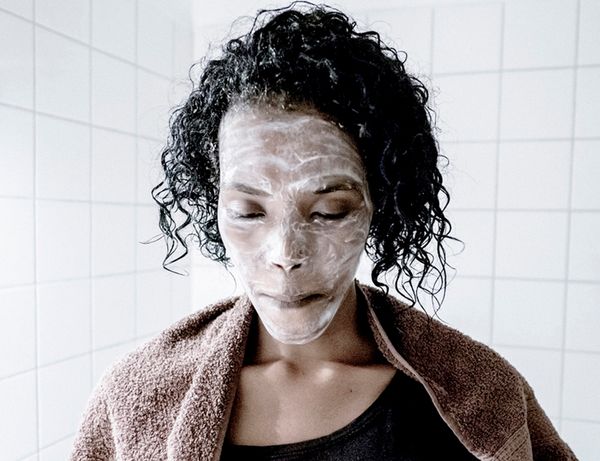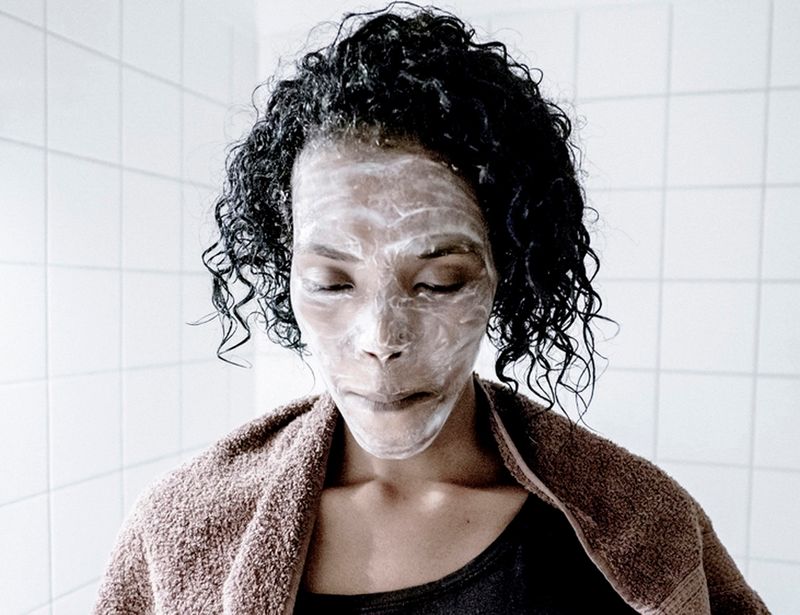Apart Together By Ines Duemig
-
Published8 Dec 2015
-
Author
“It’s crucial to not look at the subject only as a victim, but instead to see the equality in human feelings and going away from the passive position of looking at the others” German photographer Ines Duemig discusses her work Apart Together, a very intimate project on migration.
“It’s crucial to not look at the subject only as a victim, but instead to see the equality in human feelings and going away from the passive position of looking at the others” German photographer Ines Duemig discusses her work Apart Together, a very intimate project on migration.
Ines Duemig was born in Germany in 1982. She studied Photojournalism and Documentary Photography at the London College of Communication. She was winner of the 2015 LensCulture Emerging Talent Award, the 2015 Project Launch Award (USA), and a runner up at 2015 Deutsche Bank Award. Her work has been exhibited in Japan, USA, England, and Germany. In conversation with PHmuseum, Ines talks about her series Apart Together, featured as our Story of the Week.
Ines, we would like to know first, how did you get started in photography?
I started during an Internship at the Art Academy.
Your story Apart Together focuses on the theme of immigration in a very intimate way. Tell us more about this story.
In small-town Germany, foreigners are more often than not viewed as ‘strangers’. The nature of the other in this case is very clear: it is other as “not self”.’ In her current situation, Sahra is definitely recognized as the other. In Munich there are not many dark skin colored people. And she is confronted with prejudice every day, with people looking at her all the time, speaking to her in English, the police often asking for her passport, the conductor checking for her train ticket. It’s a silent image from the stranger not having the permission to stay in the country, or not having paid for the train ticket. Sahra’s only recently stopped wearing her headscarf, before which she was recognized as a Muslim woman. This has ‘othered’ her from her own community. Even though she is actively trying to integrate herself in to a new life, everything she’s been through makes her obviously different to European youngsters of her age. This makes it quite difficult for her to make friends with people outside the community of Asylum seekers. All of this makes it especially tricky for Sahra to find her place.
Why have you chosen Sahra as your subject?
I felt deeply moved by her story.
In your project, you are talking about a very important social issue that touches us all. What are your thoughts on this?
The greater problem here is that of representation and how the media deals with the subject of migration and asylum seeking in general. It’s something we can follow in the news day by day and is always the same. How to manage the mass movements? How to deal with illegal entry? It is always the others that need our help. People’s opinions on the issue go from feeling sorry and somehow guilty and helpless, to racist. But it’s always the other. If we understand that we are connected, that we relate to each other, we can make different decisions on how we perceive or react to otherness. To treat others the way you want to be treated. I feel like we live in a society where knowledge and intellect is overrated. We are overwhelmed with information and instructions on how to act. And the feelings, which connect us as humans, are somehow not important. And where we need to be more conscious of how we react and what makes us respond. Because I do believe, that we finally always act with unconsciousness in relation to deep feelings. This is where my interest lies. If we understand that our feelings are something we don’t have to judge, but what make us human, we might be more respectful to ourselves and the people we make connections with. Maybe we should understand that our feelings are not passive but those which we can actually react to by becoming conscious of them. This helps us understand our own behavior and that of others. We are spectators of our own theatre, all the time. I see huge potential in migration as it opens up people’s minds and gives us a chance to learn from each other.
There is a lot said about migration but your approach is very interesting, focusing on the isolation experienced by migrants. How did you decide to work this way?
I decided to focus only on Sahra, and concentrate on her personal story. I work very intuitively, going into an experience – I am not interested in making political statements. I am more interested in the mysterious. And I see my pictures as a kind of combination between Sahra and me. Isolation is a main issue in her story. That’s why I decided to photograph her on her own. It’s the issue of closeness and distance that play an integral role in her story. The images have been made in a way that fragments the subject. They have lost their visual wholeness, the totality of their being in the frame; just a small fragment remains. Similarly in her story, only a small part of the story can be retold. We are in reality only able to gain insight into a small fraction of her, and visually, we can only see a fragment of a person’s life. The viewer links the photographs with projects they have seen before. Of documented stories on civil wars, the people in boats coming to Europe, over-crowed camps in bad conditions. These are then related to the viewers' own experiences with immigrants. It depends if the spectator is a professional, a photographer, or journalist. Who has seen or worked on these stories themselves, or a spectator that doesn’t have any more experience than seeing these stories retold by other professionals. The point for me is the one of challenging the view. To understand that the stories we hear are the professionals' view on them. Here, for me, it’s crucial to not look at the subject only as a victim, but instead to see the equality in human feelings and going away from the passive position of looking at the others. Here is where it gets especially interesting to me. How people actually look at my work, and they engage with their own feelings. How they interpret the project through their own perception, which is influenced by past experiences, dreams and drives. The work is a product of my own capacity to act: I am re-telling a story that is not mine. But what the people can learn from it through their own intellectual engagement and through being able to see something they might not see like before. Of course this is the most interesting part to me, but at the same time it is what I can’t know and where I don‘t have any influence on.
Are you currently working on new projects? What are your plans for next year?
At the moment I am working on a project about a Forbidden Love. Next Year I want to focus on a more personal story.
--
To learn more about Ines Duemig’s series Apart Together, visit her profile at PHmuseum.

